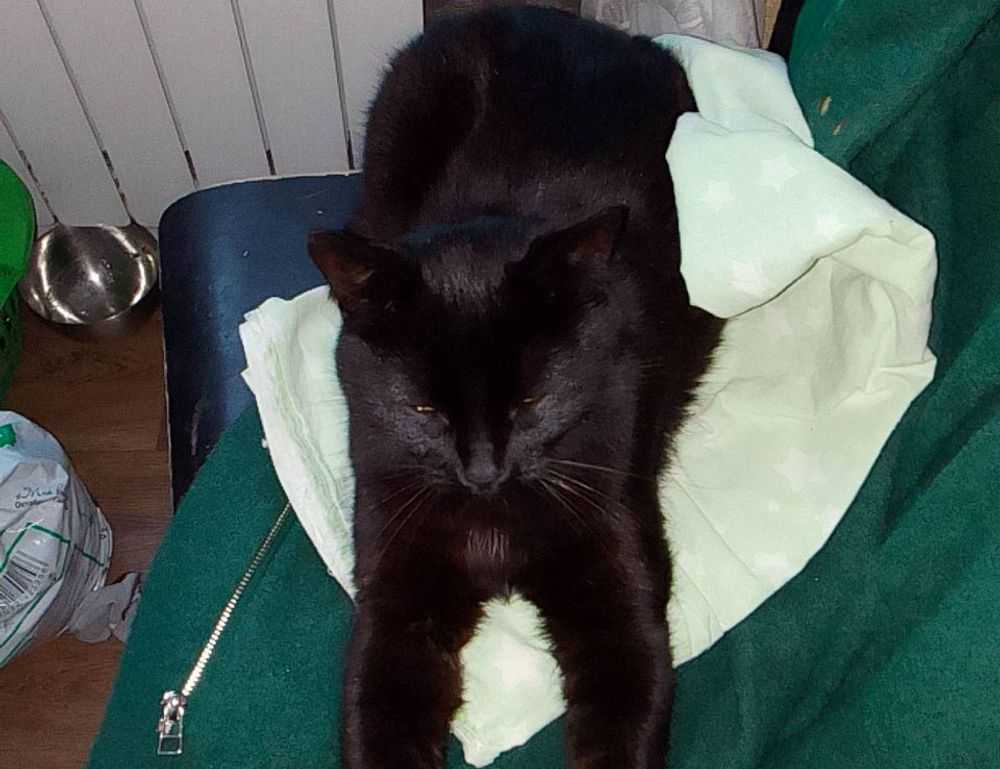The financial ecosystems of NFTs ETRSNFT are evolving quickly, pulling in creators, investors, and innovators who want a slice of what’s next. These ecosystems aren’t just about digital tokens—they’re redefining ownership, liquidity, and access in ways traditional finance never could. If you’re ready to deep dive into this transformation, financial ecosystems of NFTs ETRSNFT offers a closer look at how it all connects.
Understanding NFTs Beyond Hype
To grasp what’s at stake, we need to push past the BTC bulls and monkey JPEG headlines. NFTs, or non-fungible tokens, are digital assets that signify proof of ownership, uniqueness, and scarcity on a blockchain. They can represent everything from art to in-game gear, music, identities, and beyond.
But what makes the financial ecosystems of NFTs ETRSNFT stand out is that they’re building real infrastructure. These aren’t one-off collectibles; they’re part of platforms, marketplaces, and DeFi integrations where the value isn’t only in the asset—but in how that asset can be leveraged, borrowed against, or tokenized within broader systems.
NFTs as Financial Instruments
This is where things get interesting. NFT finance (sometimes called NFTFi) is putting unique tokens to work. Here’s how:
-
Collateralization: You can now lock up NFTs as collateral for loans. Want liquidity but don’t want to sell your rare collectible or game item? Platforms like Arcade and NFTfi allow users to borrow against their NFT assets.
-
Fractional ownership: Platforms like Rally and Fractional let users split high-value NFTs into smaller, tradable pieces. This democratizes access and makes it easier for people to invest in expensive assets without going all-in.
-
Staking and yield: Some NFTs, especially in gaming, can be staked to earn yield. The token itself becomes a digital asset that works overtime.
ETRSNFT is creating frameworks where these elements are stitched together in cohesive systems. So, you’re not just using NFTs as static artwork—you’re integrating them into dynamic financial flows.
Ecosystem Interoperability: The Backbone
Ecosystems thrive on connectivity. Without seamless links between wallets, marketplaces, DeFi platforms, and asset management tools, financial ecosystems of NFTs ETRSNFT wouldn’t scale. Interoperability ensures digital assets can move fluidly between platforms, increasing their utility and value.
This is especially important for:
-
Cross-chain NFTs: NFTs that can operate across different blockchain networks widen their market reach and value potential.
-
DeFi integration: NFTs plugged into lending protocols or decentralized exchanges become part of larger liquidity pools.
-
Identity and membership NFTs: Think beyond art. NFTs can serve as access keys to communities, services, or token-gated content. When those are interoperable, users don’t face silos or friction.
ETRSNFT is targeting precisely this type of infrastructure—where blockchain protocols, digital rights, and economic incentives are in sync.
Risks, Speculation, and Maturity
Like early internet stocks, most NFTs today won’t hold long-term financial weight. The excitement around them has attracted quick cash grabs, speculation, and scams. But just as Amazon emerged from the dot-com crash, leading players will survive these growing pains.
That’s why understanding the financial ecosystems of NFTs ETRSNFT matters. They’re building systems designed to last, with governance models, transparency, and economic logic supporting the asset classes involved.
Still, there are challenges:
-
Valuation volatility: Prices can swing wildly. One day your NFT is worth $10k; the next it’s $100. That doesn’t work well for financial planning.
-
Regulatory uncertainty: Governments are still trying to define how digital assets are categorized—securities, property, something else?
-
Market illiquidity: Unlike fungible tokens (e.g., ETH or BTC), NFTs don’t always have ready buyers. That can make exits slow or impossible during downturns.
The standout platforms are engineering around these limitations—not pretending they don’t exist.
How ETRSNFT Fits In
ETRSNFT is building multi-layered architecture that blends NFTs with decentralized finance (DeFi), digital rights management, and community protocols. They’re not looking at NFTs as one-off art drops but instead as utility-heavy, interoperable tools.
By focusing on transparency, governance, and liquidity mechanisms, they’re creating environments where users can:
- Buy, sell, or lease NFTs securely
- Use NFTs as yield-generating tools
- Participate in decentralized governance regarding project decisions
- Maintain trusted ownership records of digital and real-world assets
In essence, ETRSNFT turns NFTs into programmable assets—code-driven, rules-based, and operational across broad networks.
What This Means for Users and Investors
For creators, these ecosystems offer fairer monetization models. Instead of traditional platforms taking the lion’s share, artists and developers can earn royalties, retain IP rights, and access secondary market profits.
For investors, the financial ecosystems of NFTs ETRSNFT provide diversified exposure—not just to speculative assets, but to revenue streams, governance mechanisms, and integrated DeFi tools. They’re betting on infrastructure, not just collectibles.
And for the everyday user? The shift might feel gradual, but it’s consistent. Digital identity, ownership, and participation rights are becoming modular and tradeable. Over time, this unlocks digital economies where users are more than consumers—they’re stakeholders.
Final Take
While the buzz around NFTs may have cooled in some circles, the building hasn’t stopped. If anything, it’s becoming smarter, more functional, and better connected. The financial ecosystems of NFTs ETRSNFT are examples of this evolution: structured, scalable, and long-term focused.
We’re watching the gamification of economics and the decentralization of value play out in real time. Those who understand the mechanics early will have a head start if they play their tokens right.


